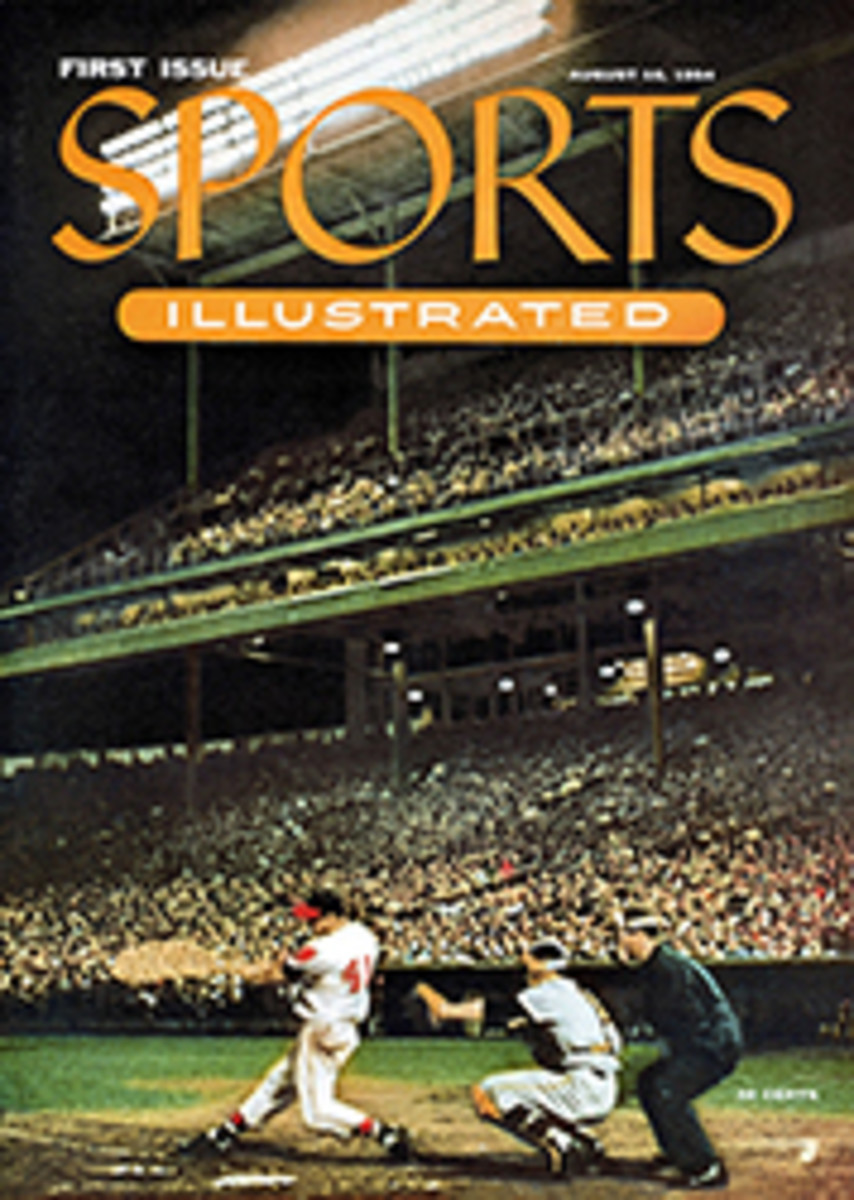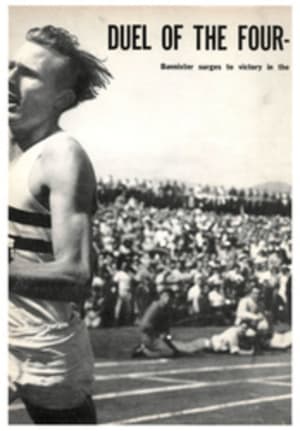
SCRAPPY BANTAMS
In Thailand (better known to King and I fans as Siam) you might expect Topic A to be the danger of a Communist invasion over the Laos border. But a recent communique from my Bangkok operative suggests that the average Bangkokian (or is it Bangkoker?) is even more concerned with the impending invasion of Robert Cohen, who was born in a place called Bone in French North Africa. It was Cohen who brought tears to the eyes of 20,000 Belfastmen when he knocked out their idol, British bantamweight champion Johnny Kelly, in three rounds last winter.
Now that Cohen has become champion of Ireland as well as of all Europe and has been uprated to No. 1 boy on Nat Fleischer's hit parade, he's closing in on Siam and Songkitrat. Songkitrat is not, as some of you may imagine, a seaport town on the Gulf of Siam. It's the name of a fist fighter (a reconverted foot—or la savate—fighter) who seems to have captured the Siamese imagination. To the 20 million Thais, Songkitrat is a national hero. Some 60,000 admirers of this little king of Siam—a bigger crowd than Marciano and Charles drew a month ago—sat through a tropical downpour in an outdoor park to cheer him on in his close title fight with recently retired Jimmy Carruthers. If Songkitrat can whip Cohen for the vacant bantamweight title and bring Siam its first world's championship, Sept. 19 will become a national holiday over there.
Meanwhile, we've got a bantamweight contender of our own, the slick Olympic champion Nate Brooks, who bears some resemblance to the old-time little giants who used to entertain us some 30 years ago. The imminent Cohen-Songkitrat affair, and the activity of Brooks, Mexico's Macias, Belgium's Cossemyns and other rated bantams gets me thinking of little men. Not the Louisa May Alcott variety, or the Tom Thumbs who use beds for drill grounds in alcoholic visions. I mean the little men who used to populate, if not dominate, the manly art.
Jockey-sized, some of them barely five feet tall, and weighing in from 110 to 120, they were a special race, these bantam gladiators, well named for the feathered battler whose finish fights are performed with such deadly fury that you forget his size in admiration for his buzz-saw energy. After their diet of ponderous heavyweights rated as contenders and top-ten middle-weights who fight like willing preliminary boys, fight fans may be in the mood for a bantamweight revival. On a TV screen, fighters only become one foot high anyway and it doesn't matter whether they are heavyweights or bantams as long as they fill the screen with excitement and ability.
In the earlier decades of this century, our bantamweights were as popular as middleweights are today. The ban ties were regular attractions at the Garden and a champion like Joe Lynch, in the early '20s, could draw from 50 to 80 thousand dollars (and nice hard money it was too) with famous rivals like Pete Herman and Johnny Buff. Pal Moore, Midget Smith, Jack Sharkey, Eddie O'Dowd, Frankie Jerome and Abe Goldstein were little men with big names and their rivalry rang up hundreds of thousands in box-office receipts. In those bantam-loving mid-Twenties there were sellout crowds for Pete Sarmiento (a boyhood favorite here) and Chick Suggs, and for Suggs vs. Bushy Graham, another stylish little man. My old friend Fidel La Barba drew 17,000 paying $60,000 to see him win the flyweight title from Elky Clark; and his fights with Kid Chocolate, Bud Taylor and some of those other wonderful little guys made him rich enough to retire to sports writing.
But talking about these little men only in terms of the money they drew is like discussing the 1st Division of the U.S. Army in terms of the gross value of enemy matériel it captured. Behind the cold facts are fighting hearts, bedazzling skills and mighty deeds. I never saw faster, better, harder fights than La Barba's with Jimmy McLarnin, Young Nationalista, Frankie Genaro, Clever Sencio, Newsboy Brown, Bushy Graham, Kid Chocolate. A round-robin of great fights that still pepper the memory-pitted dozens of sawed-off masters, among them Joey Sangor, Tony Canzoneri and Jimmy McLarnin, the latter two still in their bantamweight days. Like Jimmy Barry, George Dixon and the celebrated little tigers of 50 years ago, these were fighting men who cast shadows across ring history out of all proportion to their size.
Instead of cluttering up our rings and our screens with the Johnny Gonzalves, Bobby Dykes and some of the other stick-and-grab artists, the I.B.C. could do a lot worse than pairing Nate Brooks with the Mexican champion Raton Macias, and then buck the winner into a world-title fight with Cohen or Songkitrat. If the 118 international set can fight even half as much as those scrappy little men of the past, millions of new stay-at-home boxing fans may yet see the kind of fighting that gives heart to every little guy who seeks to increase his stature by elevating his spirit rather than his shoes.
TWO ILLUSTRATIONS
SUITABLE CAREER
Ezzard Charles's hero worship of featherweight Kid Chocolate strongly influenced him in making the ring his career. But it wasn't so much the Kid's dazzling KO wallop that attracted Charles as it was his wardrobe of 350 suits.
—Arch Ward, Chicago Tribune
IT'S ILLEGAL...
...to play marbles in Evansville, Ind. on Sunday. Staid Boston prohibits the holding of frog-jumping contests in night clubs. In Missouri it is illegal to play any game on the Sabbath.

